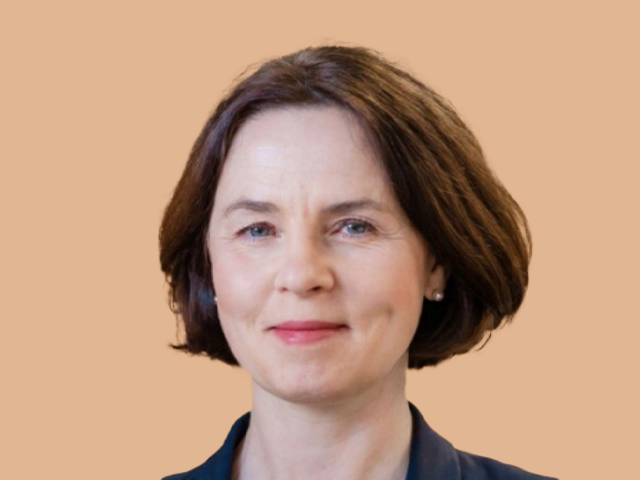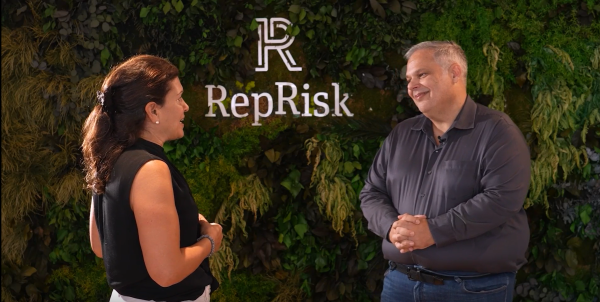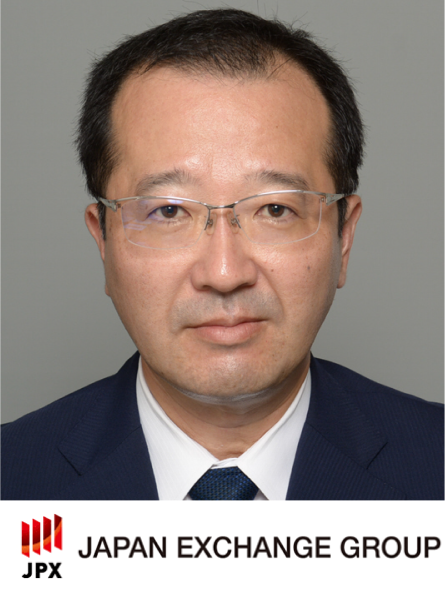# RepRisk interviews Veronica Palmgren, Head of ESG Analysis in Group Sustainability at Nordea Bank Abp
1. RepRisk: Please provide some insight into your specific role at Nordea Bank Abp (Nordea) and explain the work that you and your team do.
Veronica Palmgren: I work in Group Sustainability at Nordea, where I head an ESG Analysis team dedicated to supporting the financing process for large corporate customers. In this work, we assess a broad range of ESG related risks that may impact the bank’s financing – essentially providing an ESG risk view based on our analysis. This risk view is an integral part of the financing process – and RepRisk risk metrics are part of our analysis.
2. RR: Nordea has been a client of RepRisk for ten years. How do you and your team use RepRisk data in your day-to-day business?
VP: RepRisk is used to inform our ESG risk understanding in two ways. First, we seek information on various risks that companies may be subjected to, and assess the content, reliability, and impact of that information. Second, due to the broad coverage of the RepRisk ESG Risk Platform, we also note whether there is an absence of risk information and assess the implications of that. Essentially, it is a question of either finding some information and assessing it, or then assessing whether an absence of information is a positive confirmation of the lack of risks. RepRisk’s data is generally used as part of creating the broader risk picture of a company, and thus used in conjunction with other information.
3. RR: Nordea leverages ESG data for due diligence, screening, and monitoring of your lending portfolio of whosesale clients. Why did you choose data based on public information from media and stakeholder sources to support those processes instead of relying on an ESG checklist or company self-disclosures?
VP: ESG data from external sources such as RepRisk helps create a holistic ESG picture of a company. We combine our own expertise and resources with externally-sourced data to meaningfully inform our overall analysis. That paired with company self-disclosures and possible disclosures by authorities related to the company are important aspects of the total information flow.
4. RR: How does Nordea ensure compliance with reporting frameworks and international standards, and how does RepRisk’s risk-focused data support the process?
VP: RepRisk serves to inform and alert us to information which can indicate that companies have challenges in their operations and value chains, or alternatively, serves to create an indication of operations being managed in a robust manner in the absence of adverse information. Information from external data sources can reach areas of the world where we otherwise would have challenges to cover from an information perspective. Our experienced ESG analysts always apply expert judgement on the information and seek to understand the gravity of any information that appears.
5. RR: What are some of the challenges of ESG integration and how have you and your team addressed them?
VP: Generally, ESG aspects are integral parts of financing processes. As ESG aspects, including climate issues and other broad societal challenges we face, become more and more important, ESG analysis and integration also needs to develop and become more and more sophisticated. One aspect that will likely continue to be an area of development is coverage: both in terms of depth of information and in terms of broad coverage of companies. Still, data on key ESG aspects are not necessarily available as disclosed by companies yet – making the use of externally-sourced data such as RepRisk, which uses media and stakeholder information instead, all the more important. Another aspect is the sophistication by which we are able to integrate such aspects in our decision-making, and here I believe the financial sector is working quite hard to keep pace with new and emerging regulations.
6. RR: What trends did you and the Nordea team detect in 2020 in the arena of ESG in banking, and what developments do you anticipate in the next few years?
VP: Over the past few years, there has been an increasing awakening in society broadly around ESG, as well as increased pressure from policymakers and regulators in the EU, for instance, and consumers are demanding increased sustainability from companies.
Young people see the greenness of their future employer as something very important, so attracting new talent will depend on walking the green talk. For this reason, I see a trend in putting greenwashing on the table – there is increasing scrutiny around how companies act to put into effect their ambitions and promises on ESG.
Another trend we anticipate in the realm of ESG is efforts from the EU and many countries to realize their low-carbon pledges and continuing to try to answer the question of how to transition to low-carbon.
Conclusion
For ten years, Nordea Bank Abp (Nordea) has utilized RepRisk data to assess a broad range of ESG-related risks that may have an adverse impact on the bank’s financing. As Head of ESG Analysis in Group Sustainability, Veronica Palmgren leads her team in leveraging RepRisk data to provide a holistic ESG risk picture around companies. RepRisk’s large company universe helps inform the bank of potential challenges in a company’s operations and value chains.
Bio — Veronica Palmgren
Veronica Palmgren is Head of ESG Analysis in Group Sustainability at Nordea Bank Abp, with responsibility for handling the ESG risk analysis related to financing services for larger corporate customers. In addition, she is working closely with integrating climate risk and opportunity management in the bank’s business and governance processes, as well as implementing related policies and regulations such as the EU Sustainability Taxonomy. Her previous experience includes a broad range of compliance topics including prevention of financial crime in the finance sector. Veronica has M.Sc. degrees in Forestry and in Business Administration, and is currently pursuing a Master’s in Sustainability Leadership at the University of Cambridge Institute for Sustainability Leadership CISL.



